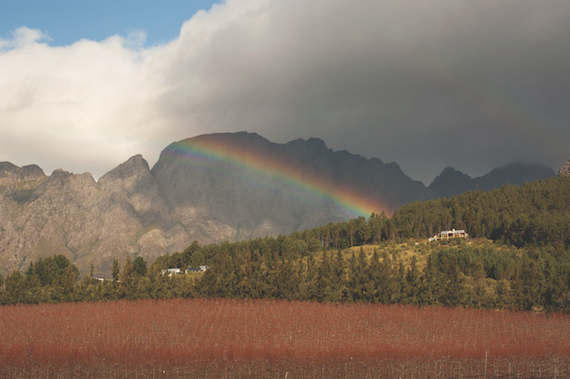The vast majority of South African brandy is produced by two companies – Distell and KWV, which is now a very different company to that of old. No longer does it have legislative powers over SA’s wine and spirits industry.
Fast forwarding to today, Caroline Snyman, Distell’s director of luxury brands, says: “South Africa is the world’s seventh largest producer of grape-based brandy. Five years ago we were the fifth-largest producer globally. Ninety-two percent of South Africa’s production is consumed locally with a small, growing footprint, mainly into African markets.”
Schalk van Wyk, marketing manager with small producer Edward Snell, defines the domestic market thus: “The main source of volume is from what we call the main market/black market which, generally speaking, has a sweeter palate and mostly blend brandy with carbonated mixers – tonic, soda water or sparkling apple juice. Even at the higher price points of premium brandy, the above mixing habit persists.”
White drinkers have their brandy with cola, but Van Wyk perceives a worrying shift by them and South Africa’s emerging black middle class to whisky. More of that later.
As to emerging markets, Snyman says: “Africa in particular is the first development priority for South African brandy. Kenya and East African countries already have established brandy categories.
“Being a country with an international reputation for excellent wines plays to the advantage of the brandy industry, as a high-quality base wine is the first step to creating uniquely styled brandies. Our soil structure and warm climate are conducive to producing fruit-driven wines that provide a natural richness of flavour to our brandies,” she says
“More than 80% of brandy drinkers are below the age of 50, with most consumers between 35 and 49, followed closely by those in the 25-34 age group. Brandy is growing in popularity among women – numbers of female brandy drinkers have risen from around 20% in the mid-90s to almost 30% at present. (SA Brandy Guide, by the SA Brandy Foundation).
Peadar Hegarty, KWV’s head of strategy and marketing director spirits and RTD, is less positive. “If you refer to South African brandy internationally then, if anything, there is a negative impression. The reality is that we as SA brandy producers have done a lousy job of telling a great story.
“SA brandy is produced to the highest standards globally, equivalent – and, in some cases, superior – to cognac. Two examples: we can only mature in maximum-size casks of 340 litres and our minimum maturation age is three years, compared to six months in Europe. This, of course, also amounts to a cost disadvantage when it comes to our export potential,” he states.
Emerging class
Snyman adds: “The new emerging middle class has shown an appetite for premium products. This has led to increased innovation in the brandy category and a growing number of finely crafted pot still brandies.
“In the trade, there is a solid base of general knowledge as a result of training and initiatives such as the Fine Brandy Fusion festivals held in Johannesburg and Cape Town each year. As interest in good food grows, driven by local spin-offs of TV shows such as Masterchef, so has the demand for education on pairing brand.”




